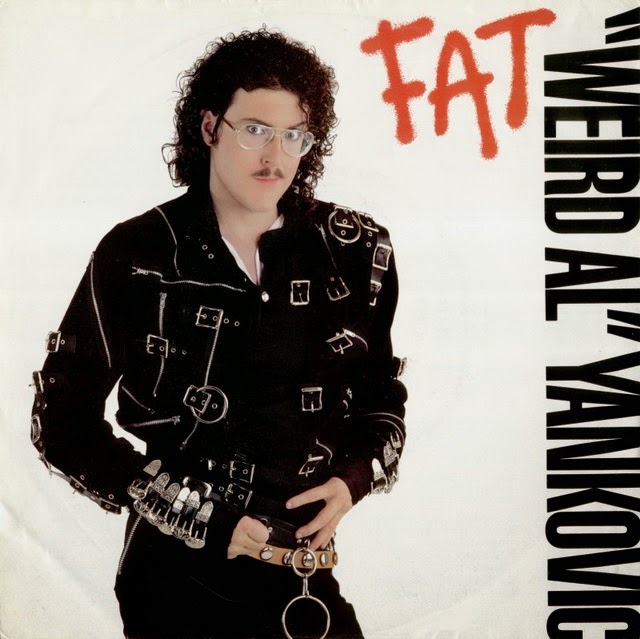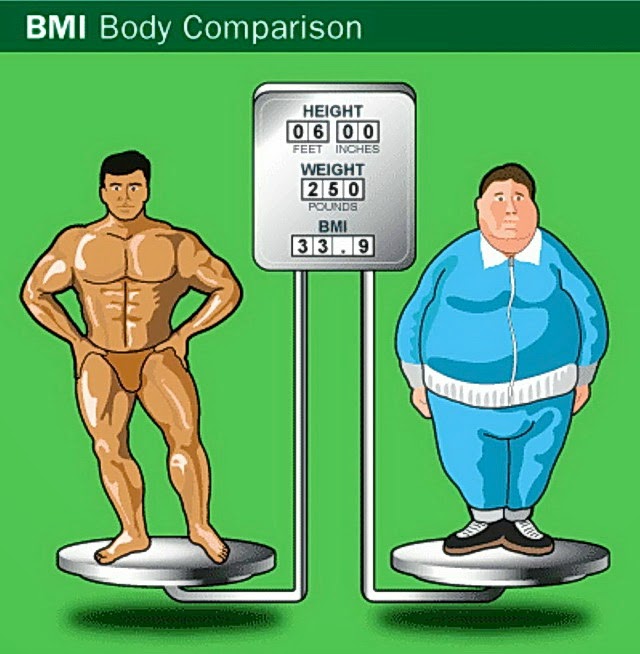Ever since that we have parties; the song "Sledgehammer" is our club song.
Tim always
plays it at the end of his set. I picked that song because of this line in the
lyrics;
"You
could have a steam train. If you'd just lay down your tracks."
Last
weekend I listen to the lyrics of Vocal, a song of the Pet Shop Boys, and I decided that it is our club tune from now one.
Vocal (Pet
Shop Boys song)
Vocal"
was written during the writing process for the 2012 album Elysium, and was one
of the earliest tracks written for the album. The track, however, wasn't
included on the record for it didn't fit the rest of the "somber" and
"reflective" material. It was instead recorded for Electric and was
released as the album's second single.
Pet Shop
Boys
Pet Shop
Boys are an English electronic pop duo, consisting of Neil Tennant (main
vocals, keyboards, occasional guitar), and Chris Lowe (keyboards, occasional
vocals).
Pet Shop
Boys have sold more than 50 million records worldwide, and are listed as the
most successful duo in UK Springfield
At the 2009
Brit Awards, Pet Shop Boys received an award for Outstanding Contribution to
Music. The band's eleventh studio album, titled Elysium (continuing their
tradition of single-word titles), was released in September 2012. Their twelfth
studio album Electric was released on 12 July 2013 and reached number 3 on the UK
Albums Chart in its first week of release—their highest album position since
the release of Very in 1993.
Music video
The music
video was directed by Joost Vandebrug. It is a tribute to rave culture and
electronic music. It consists of a compilation of various amateur videos
recorded circa the Summer of Rave in 1989.
Vocal lyrics
I like the people
I like the song
This is my kind of music
They play it all night long
I like the singer
He's lonely and strange
Every track has a vocal
and that makes a change
And everything
about tonight feels right and so young
And anything I'd want to say out loud will be
sung
It's in the music
It's in the song
Everyone I hoped would be around
has come along
for the music
It's in the music
It's in the song
And the feeling of the warmth around us all
is so strong
It's in the music
And everything
about tonight feels right and so young
And anything I'd want to say out loud will be
sung
This is my kind
of music
They play it all night long
Expressing
passion
Explaining pain
Aspirations for a better life
are ordained
And everything
about tonight feels right and so young
And anything I'd want to say out loud will be
sung
This is my kind
of music
They play it all night long
It's in the music
And everything
about tonight feels right and so young
And anything I'd want to say out loud will be
sung
It's in the music
It's in the music
This is my kind
of music
They play it all night long
They play it all night long
And the feeling of the warmth around us all
is so strong
I like the people
I like the song
This is my kind of music
They play it all night long
I like the singer
He's lonely and strange
Every track has a vocal
and that makes a change

















































